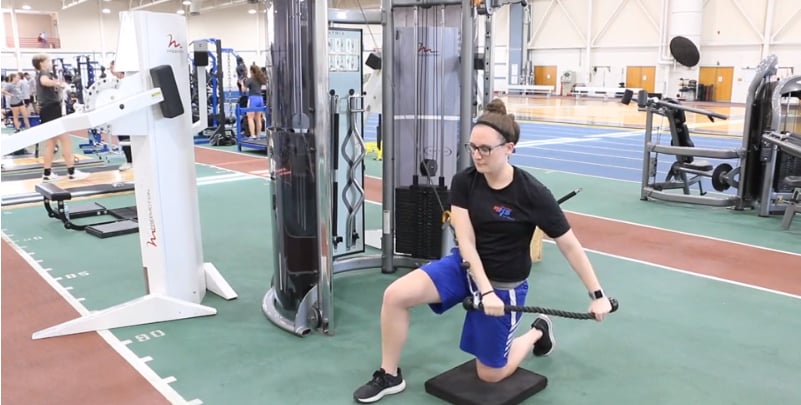
Whether it’s the New Year or finally approaching the summer beach-going season, you’re almost guaranteed to see someone doing sit-ups, side-bends, or leg lifts in the gym. And I get it; who doesn’t want core strength with that little added aesthetic bonus too? But training the core is so much more than just crunches!
The two primary functions of the core are to transmit force to and from the lower and upper body and to resist motion. Throughout our day, we move in three dimensions, in all planes of motion, and not just in a straight line. In order to move our hips or shoulders without compensating at the spine, it’s our core that steps up to the plate to help stabilize the system. Whether it’s carrying all the groceries inside in one trip (a future Olympic sport in my opinion), reaching down at our side to pick up our bag off the floor, or carrying our child in one arm, our core stabilizes us through these movements and myriad others. In short, we don’t go through life in isolation, so the way we train our core should reflect that.
Videos of Exercises
Here are a few videos of some exercises you can add to your 360-degree core-training repertoire to help address core movements while adding a little variety to your workout routine:
- Tall Kneel Cable Antiextension Hold
- Half Kneel Rope Chop
- Sandbag Contralateral Deadbug
- Bird Dog Row
- Uneven Farmer Carry
- Copenhagen Side Plank
Why Add These Exercises?
There are several reasons to add these kinds of exercises to your workout programs:
- We live our lives in three dimensions; our training should be three-dimensional, too.
- Increasing core stability can improve performance in other lifts and movements.
- A stronger core helps reduce injury risk in real-world situations (such as lifting from the floor, or going from a sit to a stand).
- You get a bigger bang for your buck by addressing multiple joints and muscle groups (shoulder position, hip stability, glutes, adductors).
This blog was written by Lauren Zakrajsek, NIFS Health Fitness Instructor and Personal Trainer. To learn more about the NIFS bloggers, click here.

